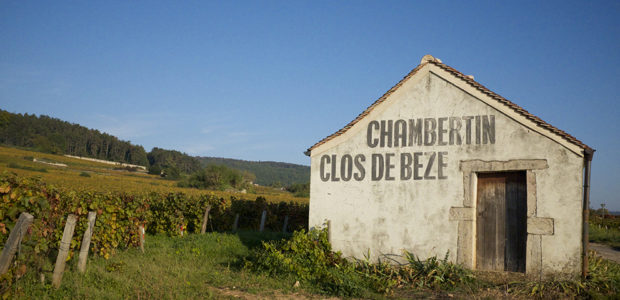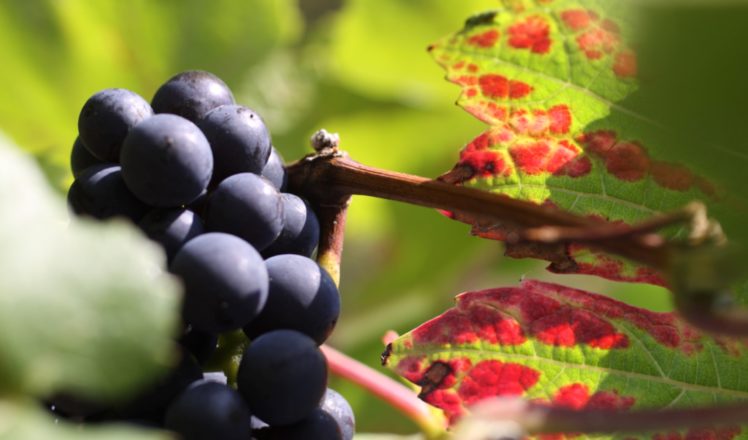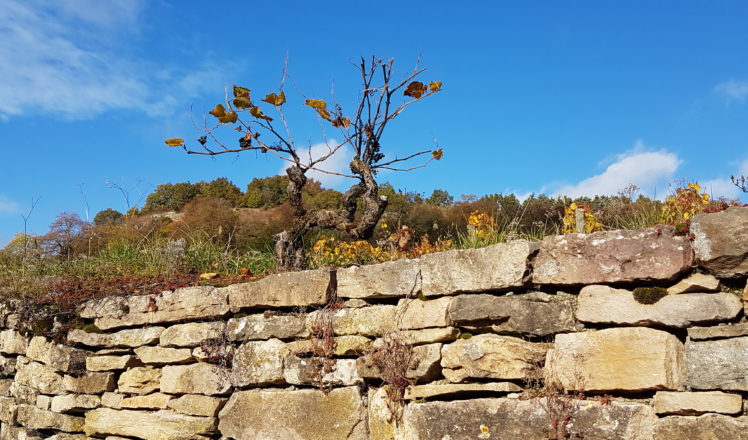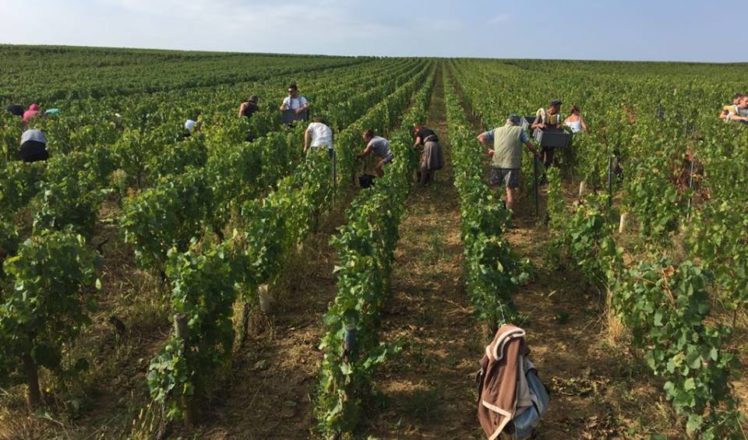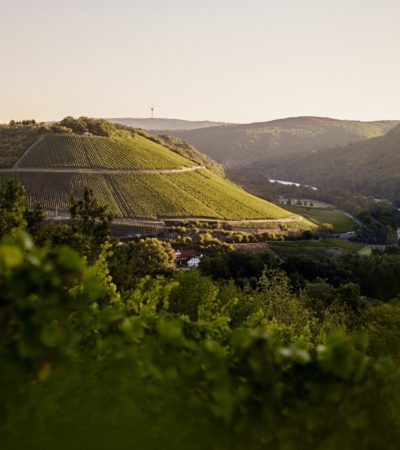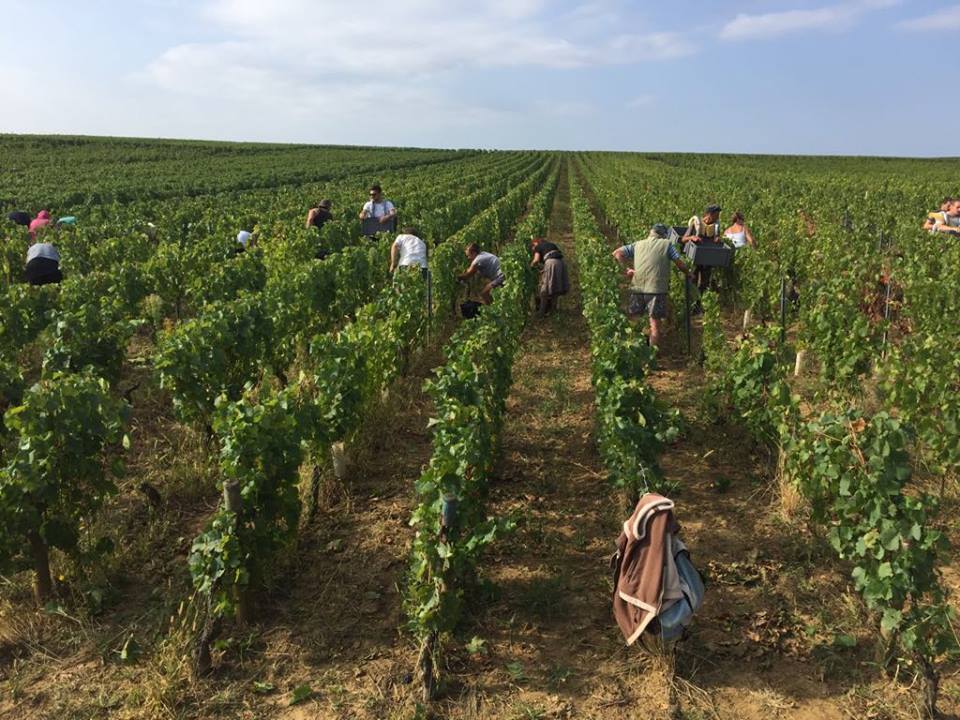
This article is part of a series looking back on previous vintage reports. All reports were originally published 2 years after the vintage. The 2018 vintage report was published in January 2020, the 2017 vintage report was published in January 2019, etc.
Overview
You are walking through a meadow of wildflowers on a summer morning; the air is cool, full of fresh floral scents, but you can feel the sun on your face, the edge of heat that signals a hot day. This is 2017 in Burgundy: the wines have a cool freshness to them, which gives definition and balance, but they also have ripe seductive fruit, a combination of wines that are both terroir-driven and solar. They have a relaxed charm and will be approachable early.
The Growing Season
There was only one big scare in the growing season. In late spring of the previous year, frost and bright sunshine had caused extensive damage to the budding vines. At the end of April 2017 the danger threatened again, but this time the growers were ready: in an unprecedented and coordinated campaign up and down the Côte they set light to strawbales, creating a haze through which the sun could not burn the freezing buds, and incidentally causing chaos on the roads during the morning rush hour.
After that the growing season was easy: there was explosive vegetative growth at the end of May and lots of light over the summer, with some warmer periods and just the right amount of rain and almost no disease or rot pressure. Most harvests began at the end of August, and the fruit was so healthy that there was no need for sorting. The grapes were large, but they contained less juice than growers expected, so they have a high level of dry extract. There was little malic acid in the wines. As every child knows, harsh malic acid is converted to the richer, softer lactic acid by malolactic fermentation. If, as in 2017, the acid is mostly tartaric, the process is early and rapid, and does not affect the taste profile of the wines, leaving them instead with a bright freshening acidity.
Winemaking
Most growers handled the crop very carefully, going for infusion rather than extraction, with less punching down and pumping over of the fermenting must, judicious use of stems, and care not to overdo the use of new oak. Most wines will be bottled early to preserve the fruit.
White wines are considered more serious this year than reds. Certainly, they are balanced and forward, but as there are many fine examples of red wines, I question this opinion.
Ripening
2017 is a good example of how growing seasons are changing in Burgundy. Budbreak is early, and it is common for harvests to begin in August. Ripening patterns are different: instead of rushing to get all their fruit in on time, growers are having to stagger their harvests while they wait for separate plots to ripen (vendanges fractionnées). Radical change to viticultural practice may be necessary. In the past, everything a grower did was focussed on getting his fruit ripe; now it is more a question of preventing over-ripening.
So what can we compare it to? Opinions vary, with some mentioning 2000, but with more definition, and others 2007 or 2012, but I would choose 2014, which tasted seductive in cask. The 2017s have a similar freshness and crunch, but they differ in that they are much riper, and the fruit even more gorgeous.
Is it a great vintage? There is a tendency to measure greatness by how long wines will keep, and 2017 has a fair share that will make old bones, but the glory of this year is that it tastes so delicious young. It may not have the density of 2015 or 2016, but there is an easy fluid charm that is quite beguiling. And what more can a drinker want?


